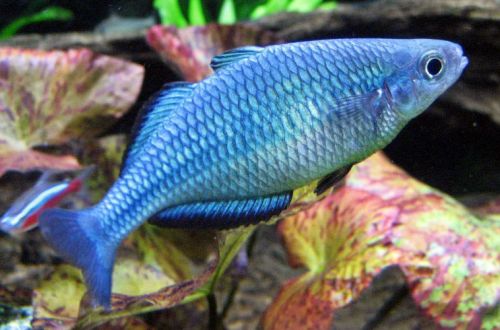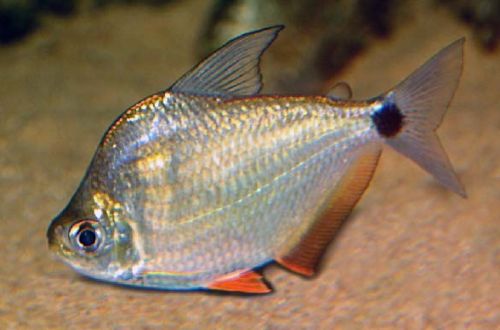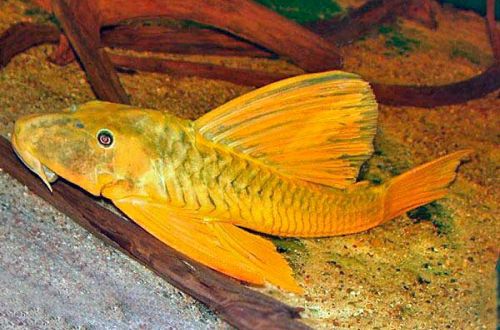
Fish Marena
Fish Marena or barbel barbel, scientific name Barbus barbus, belongs to the Cyprinidae (Cyprinidae) family. Unlike most other Barbs that inhabit the river systems of Southeast Asia, this species is native to Europe. It is found mainly in the temperate climate zone from France to Russia.

Inhabits foothill and flat channels of medium and large rivers with fast currents and rocky substrates. Sometimes found in lakes. Adults live at depth, often gathering in large groups. They are most active at dusk or dawn. Juveniles stay in shallow water along the coast and are active at any time of the day.
Description
The largest recorded individual reached a length of about 120 cm. In most cases, Marena grows up to 85 cm and weighs up to 12 kg. From the aquarist’s point of view, this fish has no remarkable features – it is too large for a home aquarium with a nondescript color.
It is primarily an object of fishing. However, a number of enthusiasts keep barbel barbs in their backyard pond.
Behavior and Compatibility
Peaceful calm fish, prefer to be in groups. Compatible with most river species as well as hardy aquarium dwellers such as some goldfish, koi, medium sized catfish and a few others.
Brief information:
- The volume of the aquarium – from 500 liters.
- Temperature – 10-20°C
- Value pH — 6.0–8.0
- Water hardness – 8–18 dGH
- Substrate type – soft
- Lighting – subdued
- Brackish water – no
- Water movement – light or moderate
- The size of the fish is up to 85 cm.
- Nutrition – sinking feed
- Temperament – peaceful
- Keeping in a group with a spacious aquarium
Maintenance and care, arrangement of the aquarium
They grow quickly, so the larger the aquarium, the better. For long-term maintenance it is necessary to provide clean water rich in oxygen. In the design, it is important to have sandy soft soil in which Marena will look for food. Large snags, thickets of strong plants and other shelters will be a useful addition.
Being native to flowing waters, fish are sensitive to the accumulation of organic waste. It is necessary to equip the tank with a productive filtration system, regularly clean the soil and replace part of the water with fresh water weekly.
Does not tolerate high temperatures. The optimal range is 10–20°C.
Food
In nature, it feeds on small invertebrates (crustaceans, worms, insects and their larvae, etc.). In an artificial environment, it is recommended to serve similar live foods. Can be accustomed to alternative foods, such as fish farm food for Koi.
According to their natural habit, they eat in the twilight. Feeding is carried out early in the morning before the lights are turned on and / or in the evening before it is turned off.





